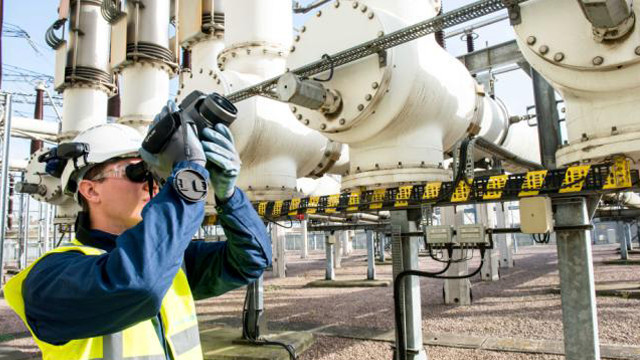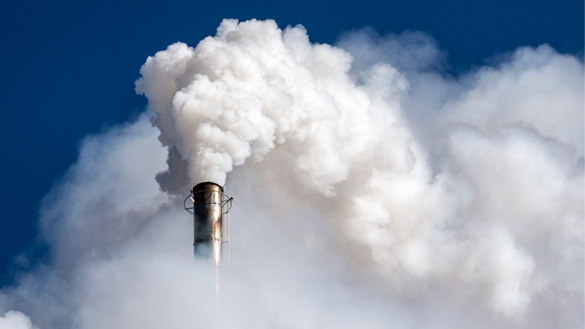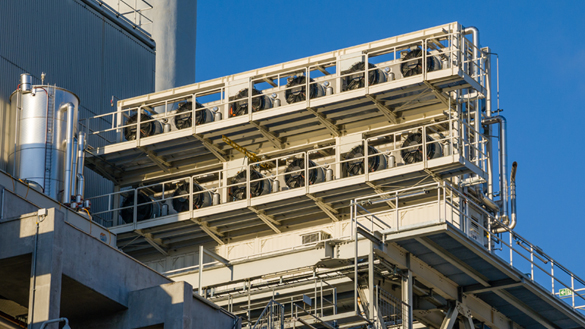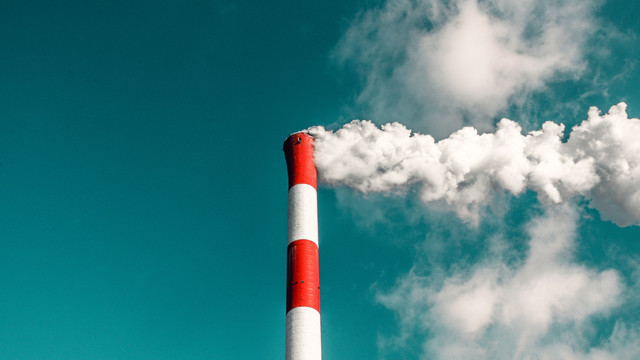
What is SF6? Sulphur hexafluoride explained
Sulphur hexafluoride – also known as SF6 – is a ‘greenhouse gas’ that has long played a part in global warming, similar to that of carbon dioxide (CO2).
CO2 has been a focal point of climate change for many years. Released from the burning of fossil fuels and other carbon-intensive practices, it creates a cover that traps heat from the sun in the earth’s atmosphere, warming the planet and the oceans. This is what’s known as the ‘greenhouse effect’.
SF6 also has this effect, but is much more potent than CO2. Today, wider understanding of the potency of this gas – and the need to reach net zero carbon emissions by 2050 in order to tackle climate change – is causing a rethink of its use.
What is SF6 greenhouse gas?
SF6 is a synthetic, odourless gas that’s used in the electricity industry to keep networks running safely and reliably. It’s highly stable, non-toxic, non-flammable and electronegative, which means it will not form other compounds that will alter its state and effectiveness.
SF6 has historically been used in a variety of applications, from metal smelting to filling double-glazing panels, but the electricity industry is one of the few places where it’s still used today; due to the technical challenges in replacing it. And it’s used on such a scale that it’s become a serious contributing factor to global warming.
Why is SF6 harmful to the atmosphere?
SF6 is one of the most potent greenhouse gases we know. Its high atmospheric stability and ability to trap infrared radiation means it’s far more potent at warming the earth’s atmosphere than CO2 over longer periods of time.
In fact, it’s estimated that, over a 100-year period, SF6 is 23,500 times more effective at trapping infrared radiation than CO21, meaning that 1 kg of SF6 has the same impact as 23,500 kg of CO2. Once in the atmosphere, it has an atmospheric lifetime of 3,200 years, which means it can accumulate without degrading for millennia to come.
What is SF6 used for?

Around 80% of the SF6 used globally is in electricity transmission and distribution.2 Medium- and high-voltage electrical equipment contains SF6 to insulate the live electrical parts and to switch the flow of electrical current on and off. This same equipment is also used to connect the generation and storage of renewable energy.
Renewable technology also uses the gas – for example, switchgear for wind turbines use it to prevent overloads.
In electronics, SF6 is used in semiconductor devices found in computers, smartphones, consoles and batteries for electric vehicles.
Electrical equipment is designed to avoid the release of this gas into the atmosphere, but leaks can occur over its lifecycle. SF6 can also be released during the equipment’s manufacture, installation, maintenance or decommissioning.
How will removing SF6 help to fight climate change?
The potency of SF6 released into the earth’s atmosphere can have a significant effect on global warming. The annual emissions of SF6 rose 24% between 2008 and 2018, largely spurred on by the growing use of switchgear that uses the gas in developing countries.
In 2008 an estimated 7,300 tonnes were emitted globally, which rose to 9,040 tonnes in 2018. To put it in context, 9,000 tonnes of SF6 equates to the greenhouse gas emissions of approximately 44 million passenger vehicles driven for one year, or 103 million tonnes of coal being burned.3
It’s also believed the level of SF6 released into the earth’s atmosphere is being vastly underestimated, as tracking its release in developing countries is difficult.
How can SF6 production be reduced?
To prevent more harmful SF6 being released into our atmosphere, solutions to replace SF6 with greener alternatives are being developed.
We’re currently partnering with Hitachi Energy in the UK to develop and deploy the world’s first SF6 replacement product for installed high-voltage, gas-insulated switchgear. Using this new solution means that we can avoid the cost of replacing equipment and reduce its carbon footprint.
Last updated: 23 May 2022
The information in this article is intended as a factual explainer and does not necessarily reflect National Grid's strategic direction or current business activities.
See all energy explained articles
1 According to the Intergovernmental Panel on Climate Change’s (IPCC) fifth assessment report.
2 According to Forbes, Wikipedia and the US Environmental Protection Agency (EPA).
3 According to Forbes.



